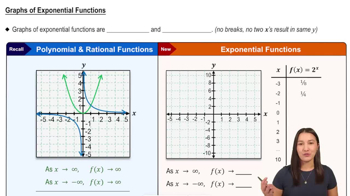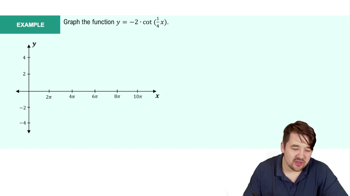Limits and Infinity
Find the limits in Exercises 37–46.
sin x
lim ------------- ( If you have a grapher, try graphing
x→∞ |x| the function for ―5 ≤ x ≤ 5 ) .
 Verified step by step guidance
Verified step by step guidance Verified video answer for a similar problem:
Verified video answer for a similar problem:



 5:21m
5:21mMaster Finding Limits by Direct Substitution with a bite sized video explanation from Patrick
Start learning